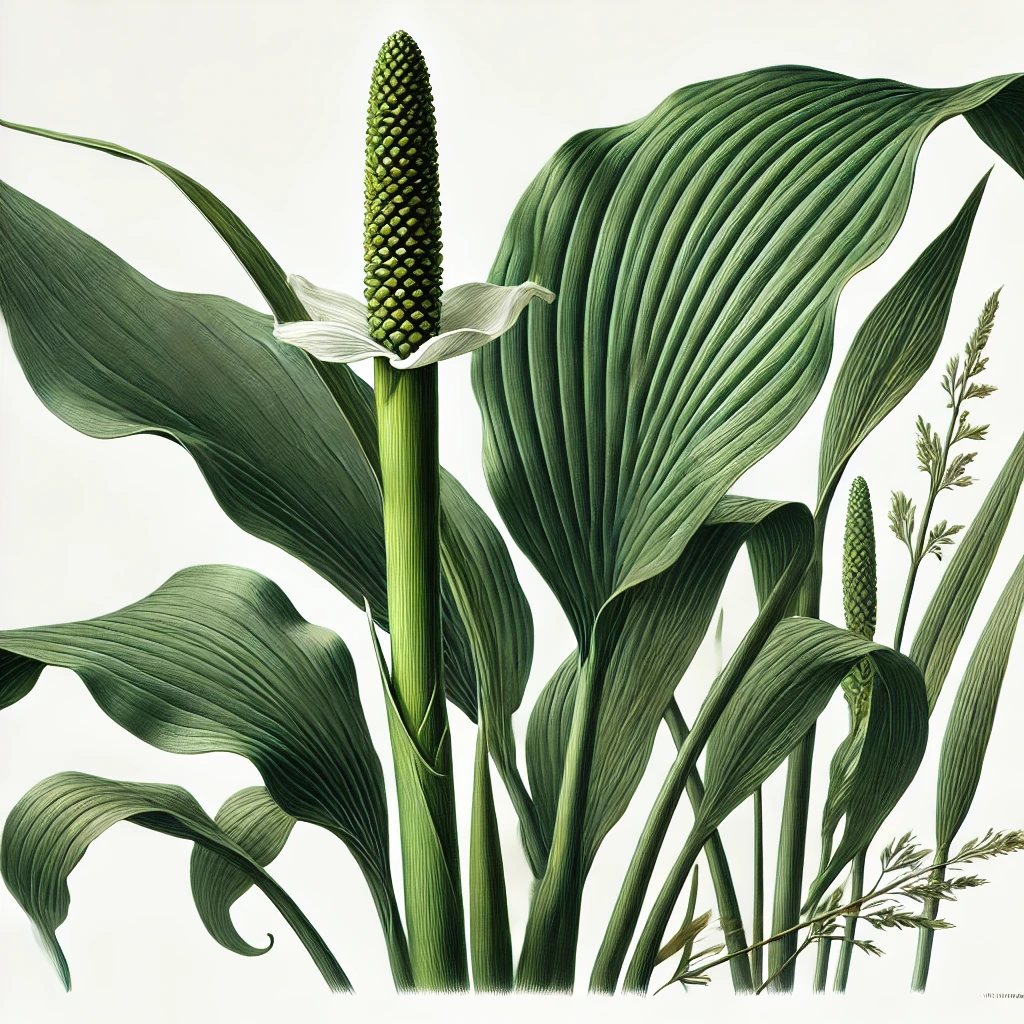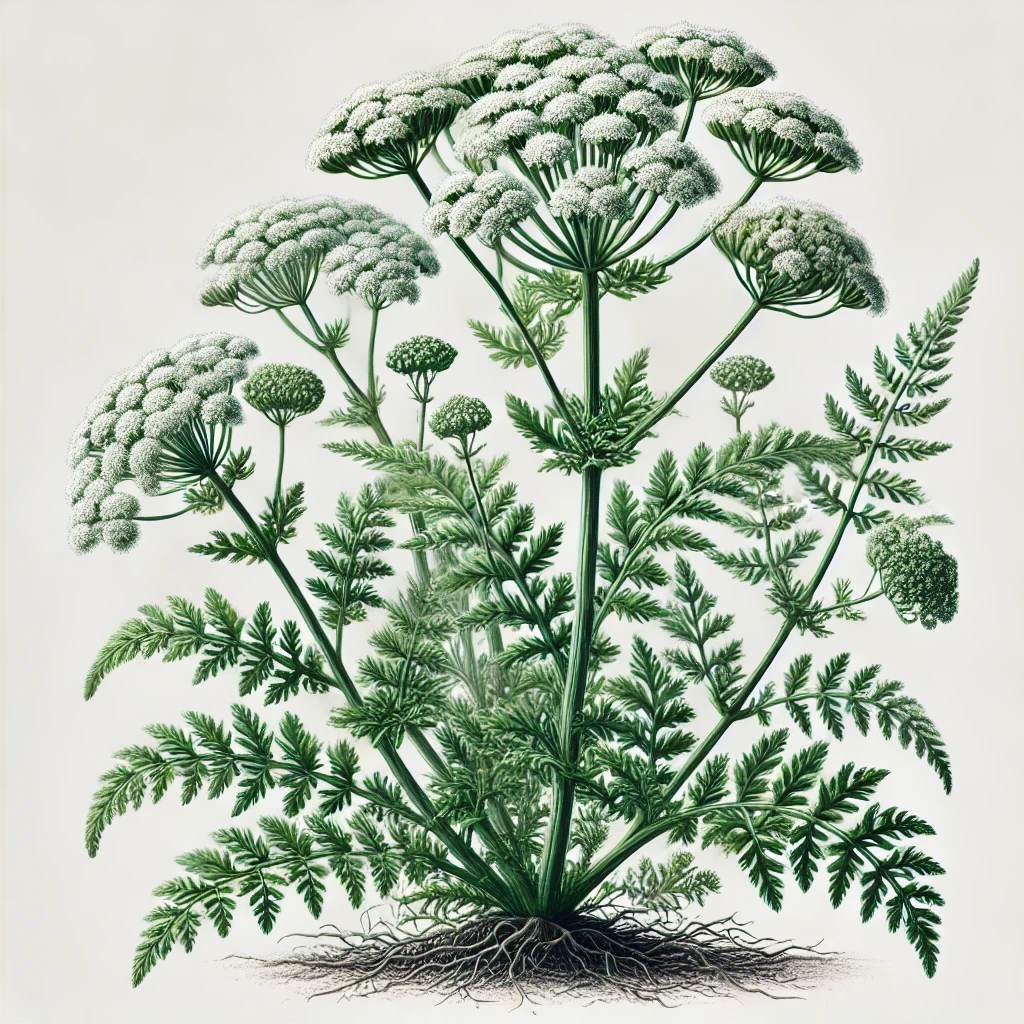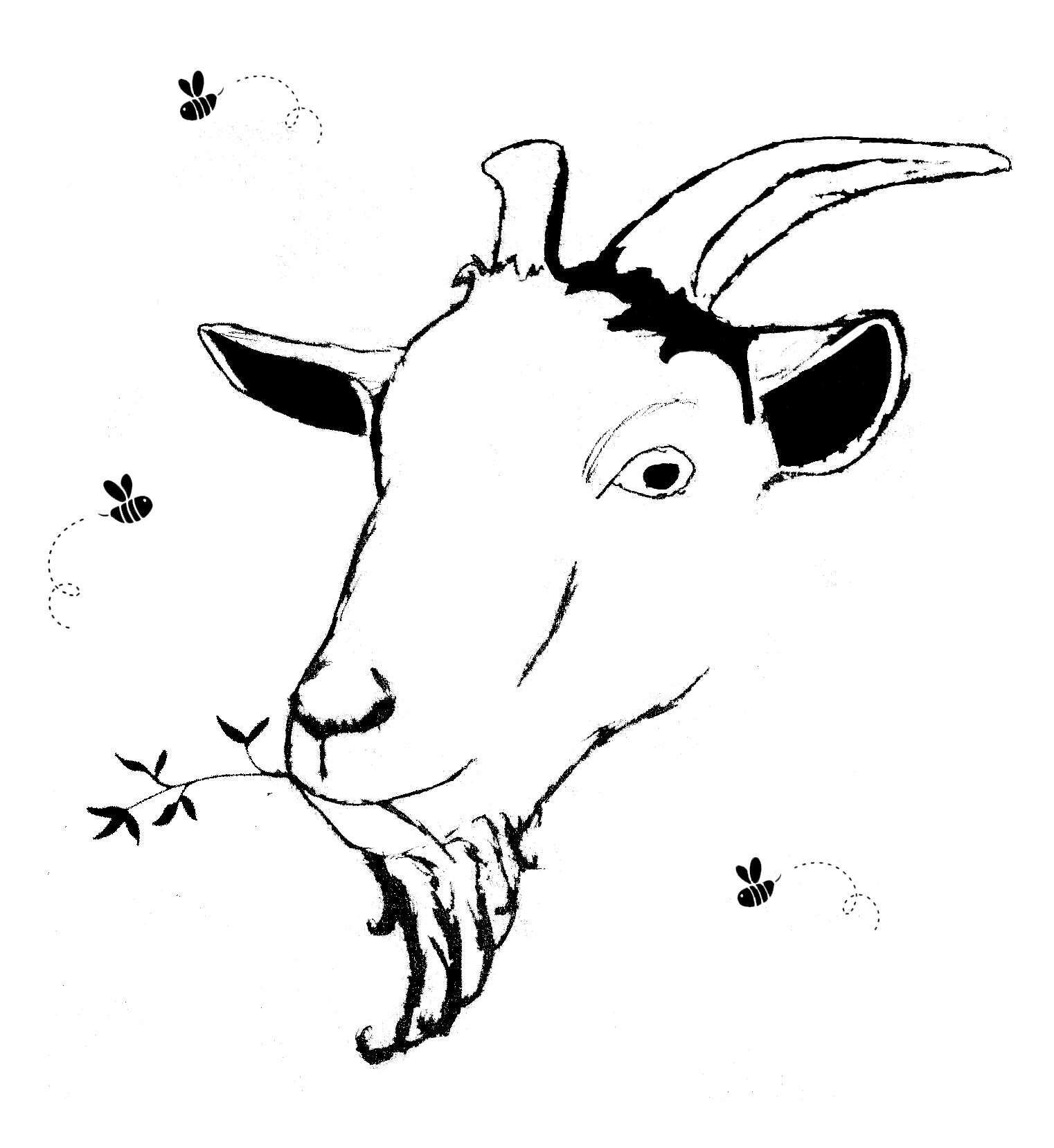Botanical Information
- Family: Asphodelaceae (previously Liliaceae)
- Common Names: Aloe Vera, Burn Plant, Lily of the Desert
- Parts Used: Leaves (gel and latex)
Description
Aloe vera is a succulent plant with thick, fleshy leaves that contain a soothing, translucent gel. The plant thrives in warm, arid climates and is widely cultivated for its medicinal and cosmetic properties. The gel inside the leaves is renowned for its healing and hydrating benefits, while the latex beneath the leaf surface contains powerful laxative compounds.
Historical and Traditional Uses
- Used in ancient Egypt, Greece, and Rome for wound healing and skin conditions.
- Traditional Chinese and Ayurvedic medicine use aloe for digestive disorders, burns, and infections.
- Indigenous cultures in Africa and the Americas have long utilized aloe as a remedy for wounds, sunburn, and internal cleansing.
Constituents
- Polysaccharides (acemannan)
- Anthraquinones (aloin, emodin)
- Saponins
- Vitamins (A, C, E, B12)
- Enzymes
- Amino acids
- Minerals (calcium, magnesium, zinc)
Actions
- Anti-inflammatory
- Antimicrobial
- Emollient (soothing to skin and mucous membranes)
- Laxative (from latex)
- Immunomodulatory
- Antioxidant
- Wound healing
Medicinal Uses
1. Skin Healing and Burns:
Aloe vera gel is widely used to soothe burns, including sunburn, minor wounds, cuts, and abrasions. Its anti-inflammatory and hydrating properties promote healing and reduce pain.
2. Digestive Support:
Aloe vera can help alleviate constipation (when using the latex) and support digestion. The gel is known to soothe the lining of the stomach and intestines, making it useful for gastritis and acid reflux.
3. Immune System Support:
Aloe’s polysaccharides, particularly acemannan, are believed to enhance the immune system by stimulating macrophages and promoting cellular repair.
4. Antimicrobial and Antifungal:
Aloe vera gel has antimicrobial properties that help combat bacterial, fungal, and viral infections, particularly when applied topically.
5. Anti-Inflammatory Relief:
Aloe can reduce inflammation both externally on the skin and internally in the digestive tract, making it useful for inflammatory bowel disorders.
6. Antioxidant and Anti-Aging:
Rich in vitamins C and E, aloe vera helps protect the skin against oxidative damage, promoting a youthful appearance and reducing the signs of aging.
Preparation and Dosage
Aloe Vera Gel:
- Apply fresh gel directly to burns, cuts, or skin irritations as needed.
Aloe Juice (Internal Use):
- 1-3 tbsp of pure aloe vera gel or juice daily to support digestion and general health.
Aloe Latex (Laxative):
- 50-200 mg of aloe latex, taken in capsule form, but only for short-term use to avoid dependency and side effects.
Precautions and Contraindications
- Pregnancy: Aloe latex should be avoided during pregnancy, as it may cause uterine contractions.
- Breastfeeding: Avoid internal use of aloe latex as it may pass through breast milk.
- Laxative Overuse: Prolonged use of aloe latex can lead to electrolyte imbalance and dependency.
- Allergic Reactions: Some individuals may experience skin irritation or allergic reactions when using aloe topically.
Energetics (Traditional Medicine Perspectives)
- Ayurvedic: Cooling and hydrating, aloe vera balances pitta and vata doshas while having a neutral effect on kapha.
- Traditional Chinese Medicine: Aloe is classified as cooling, benefiting conditions of heat and inflammation in the body.
Combinations
- For Skin Healing: Combine with calendula and chamomile.
- For Digestive Support: Combine with peppermint and licorice.
- For Immune Boosting: Combine with echinacea and astragalus.
Harvesting and Storage
- Harvesting: Cut mature leaves near the base of the plant and extract the gel immediately for maximum potency.
- Storage: Fresh gel can be stored in the refrigerator for 1-2 weeks. Commercial preparations with preservatives have longer shelf lives.
Modern Research
Studies have confirmed aloe vera’s effectiveness in wound healing, soothing burns, and improving skin hydration. Research also highlights its potential in treating gastrointestinal disorders and enhancing immune response.
Aloe vera remains a powerful ally for natural healing, offering versatile benefits for skin, digestion, and overall health.



